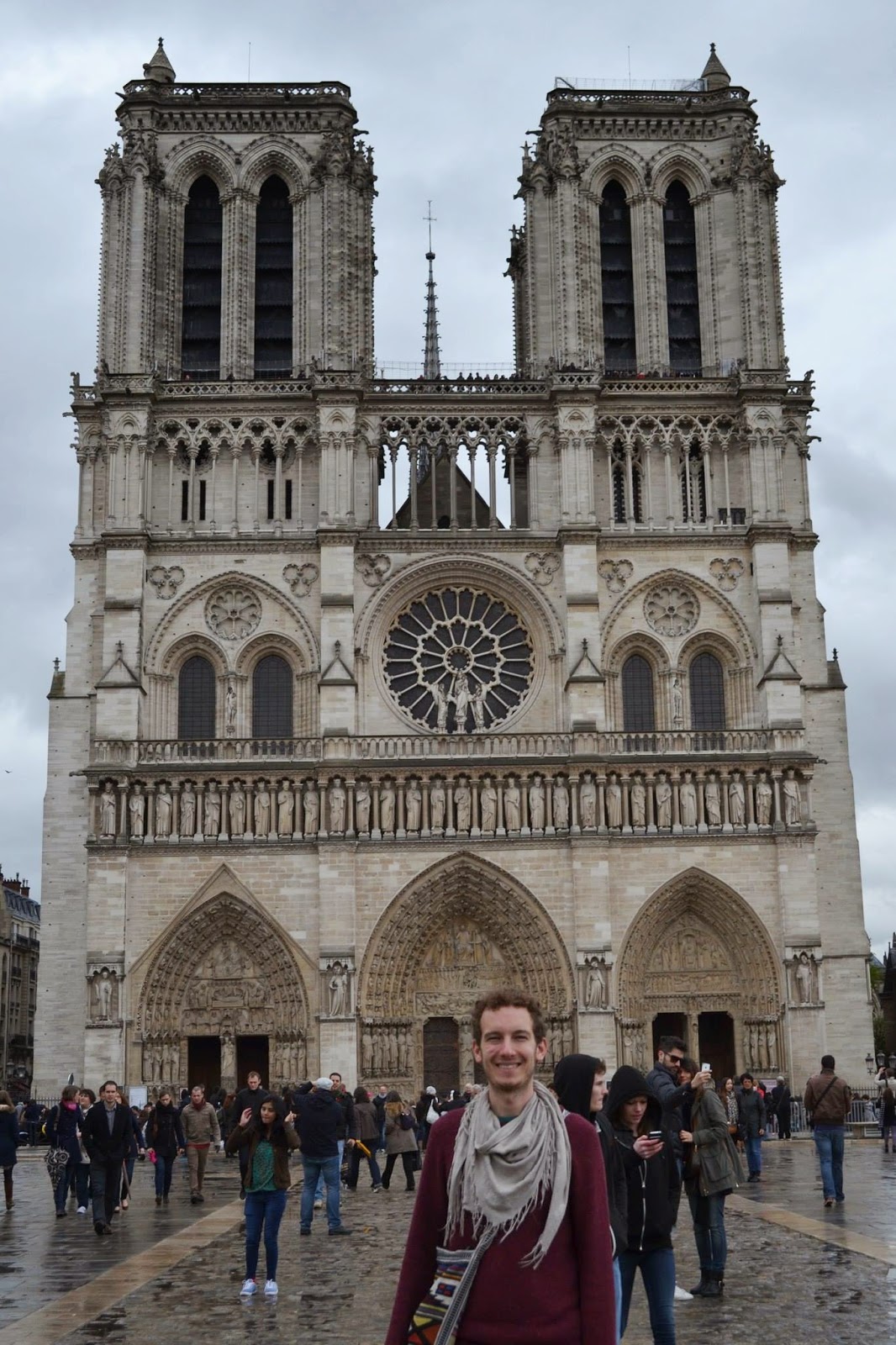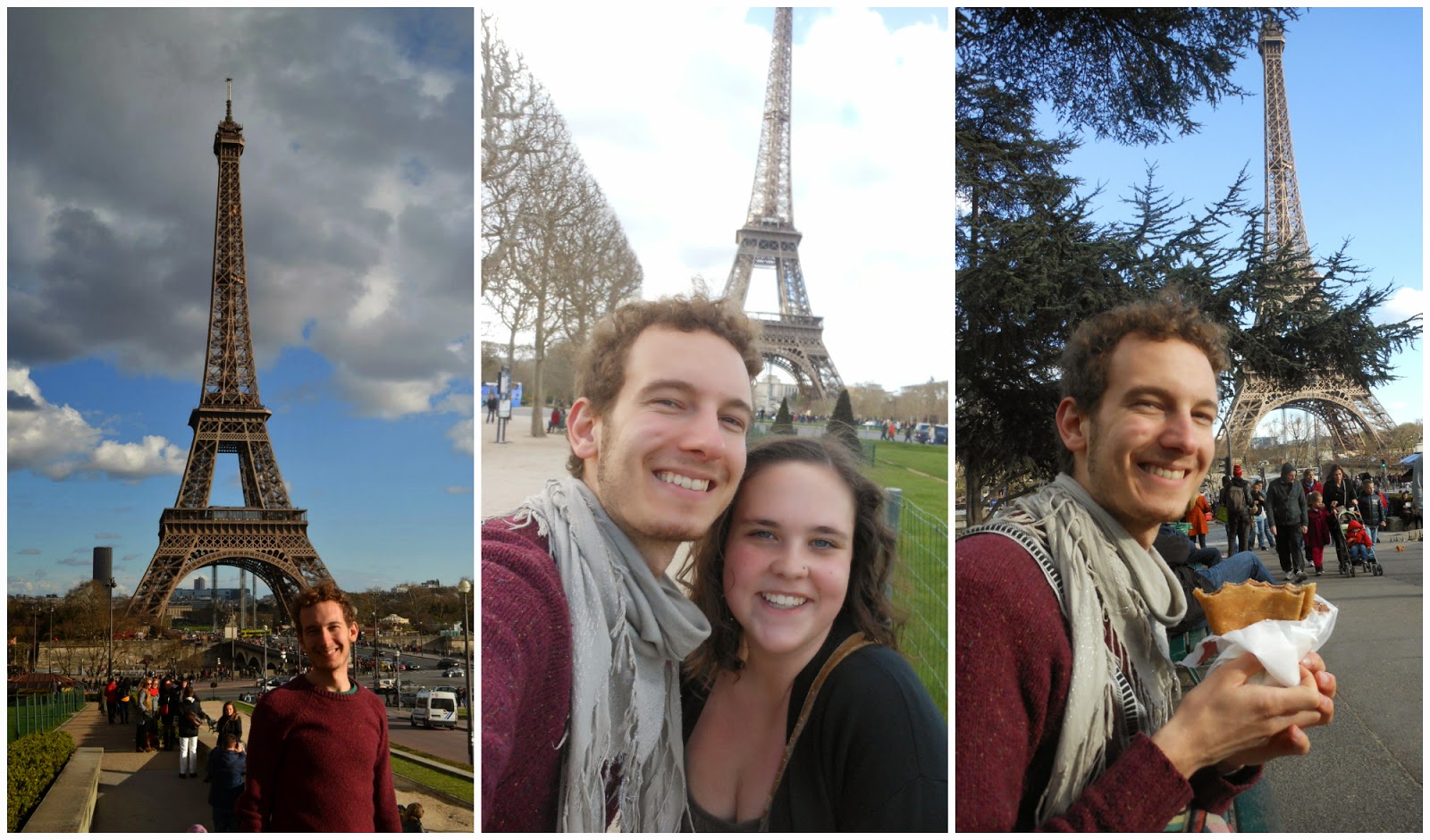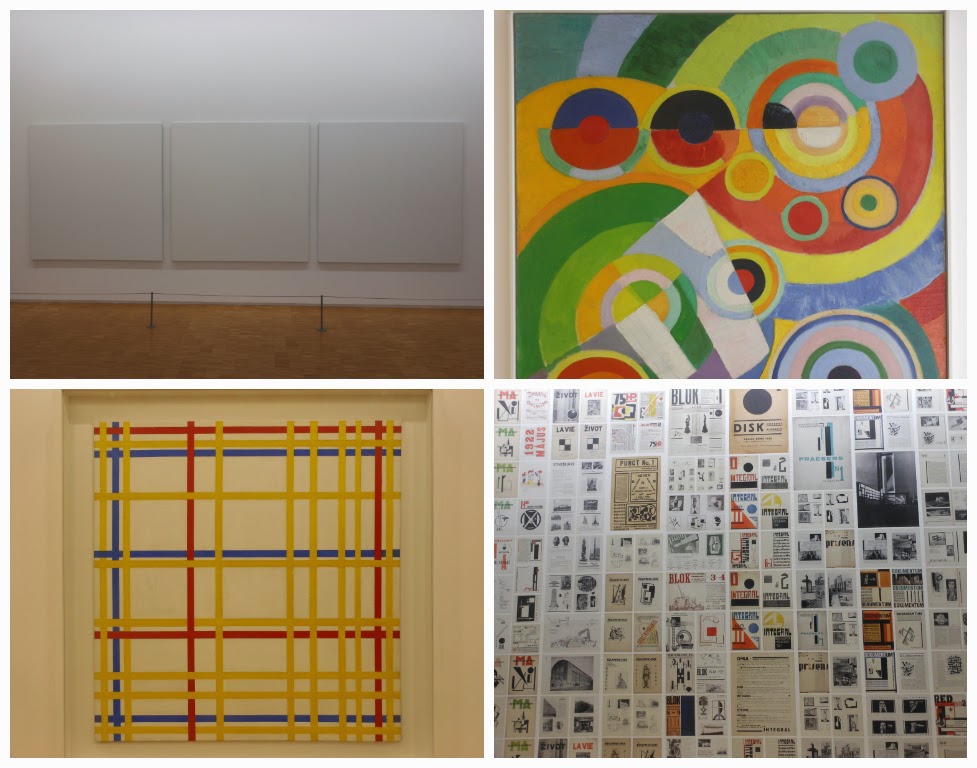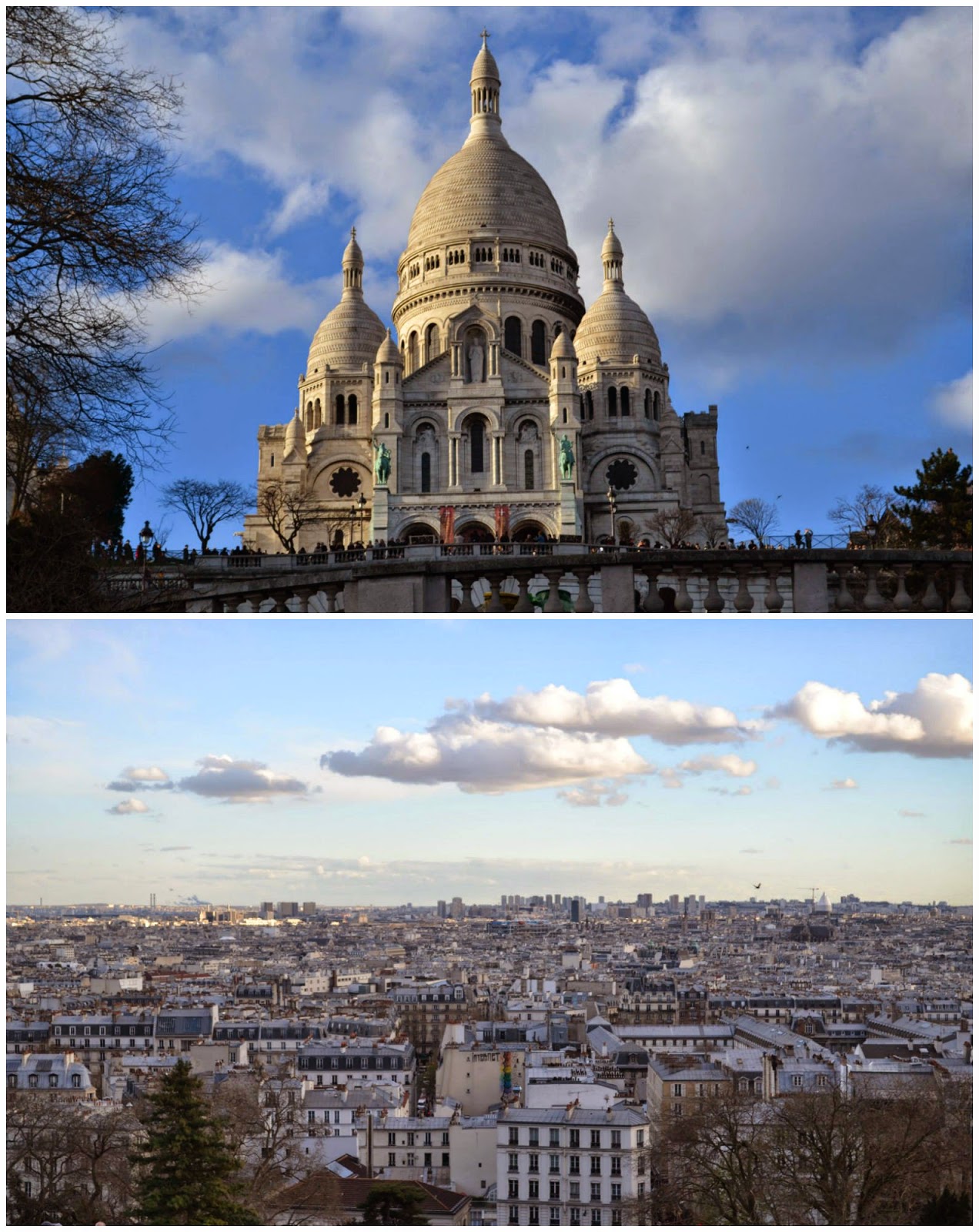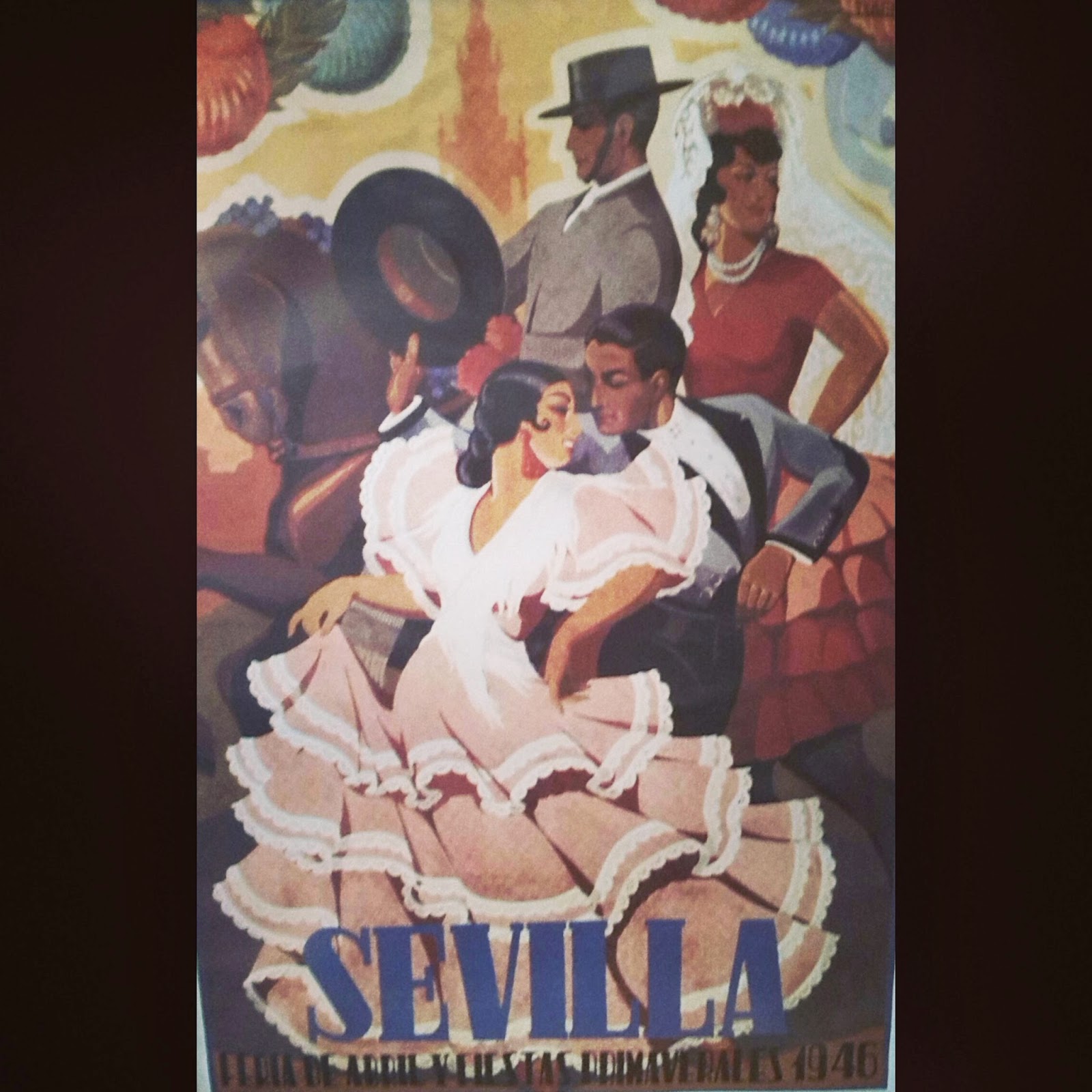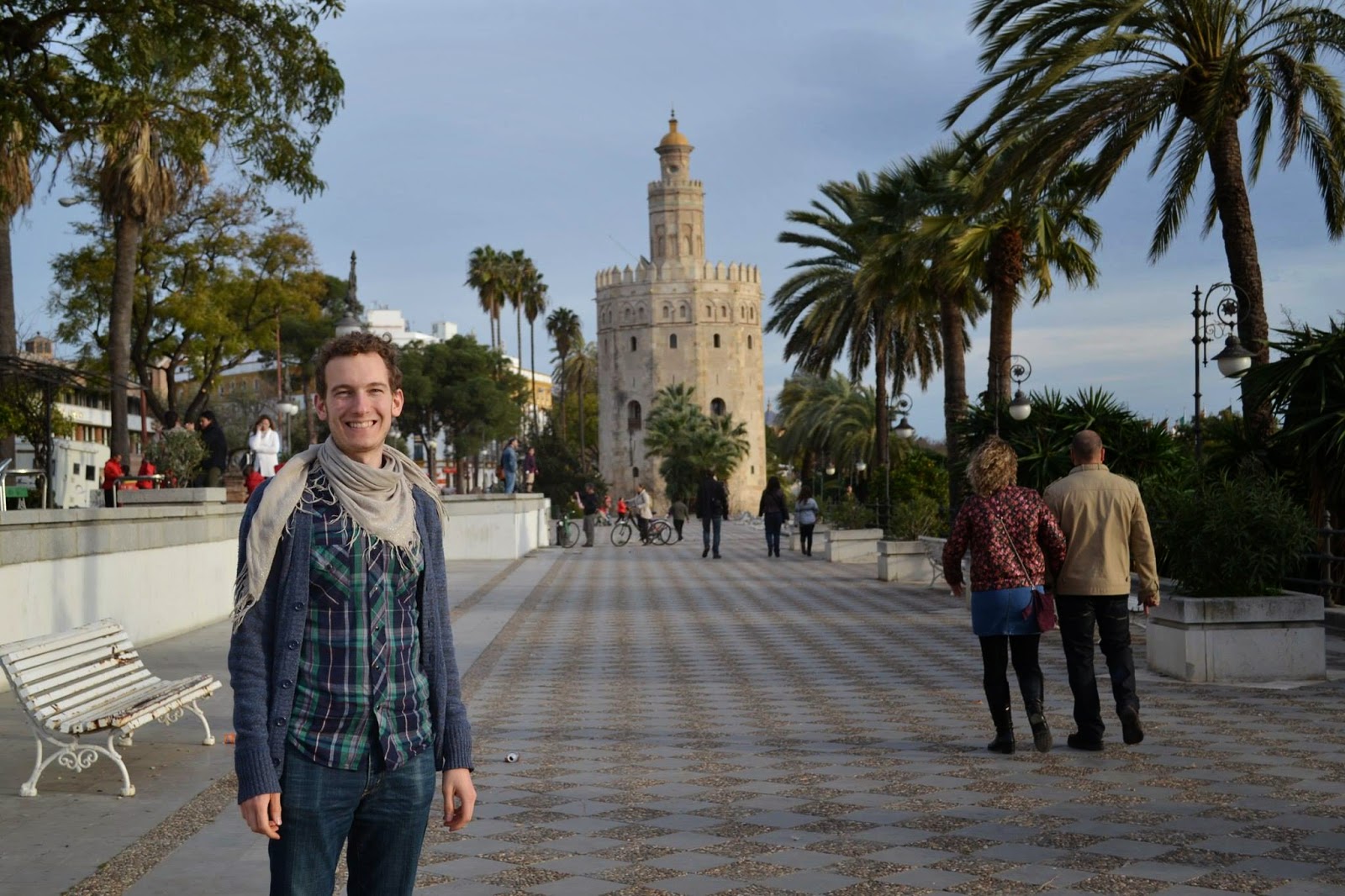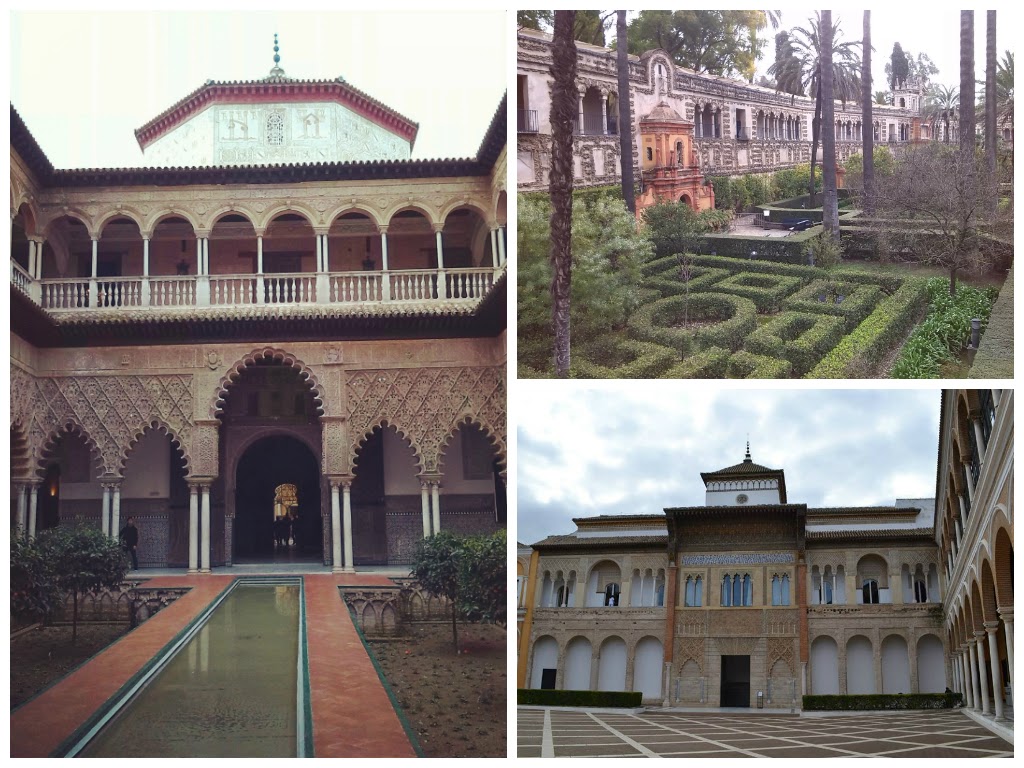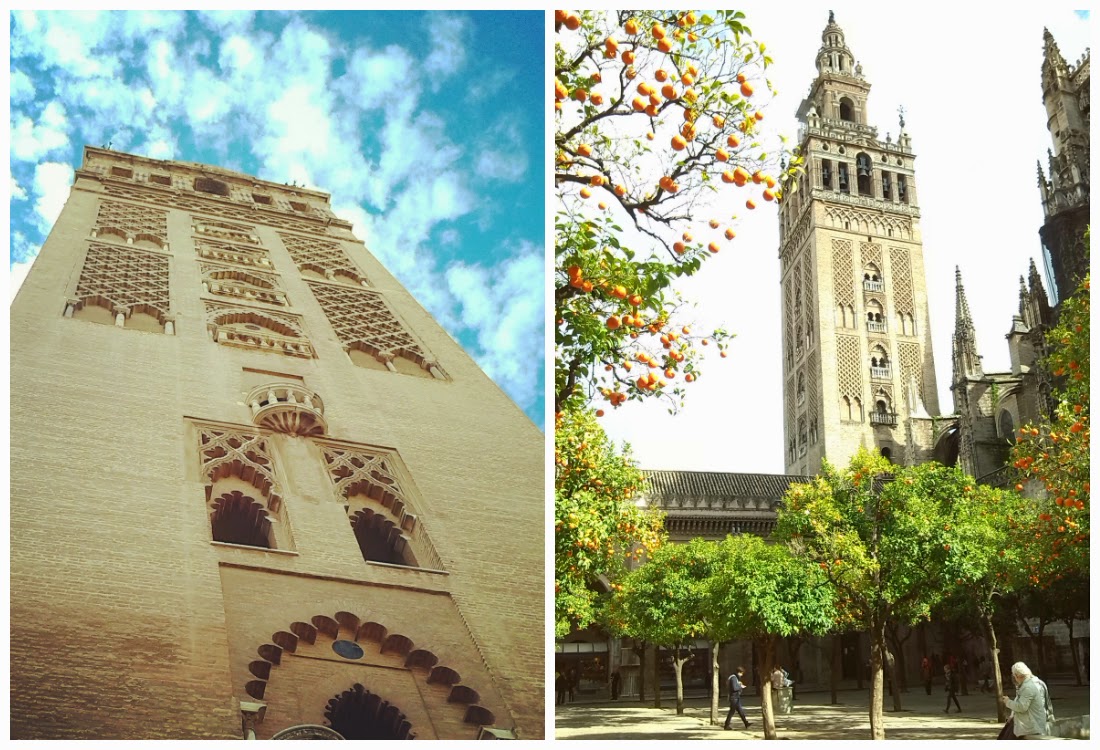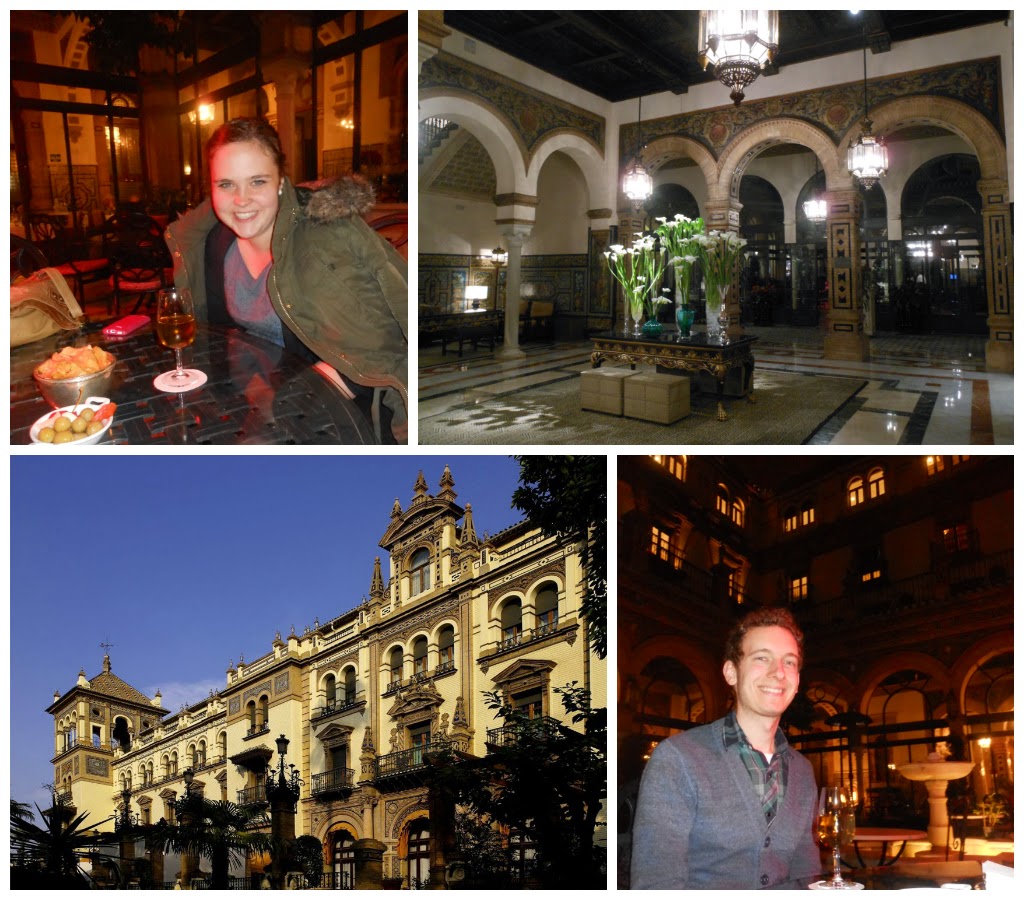It is finally time to talk about our grand spring break trip to Poland and Germany! We had about a week and a half off of school for Easter and planned a big trip throughout northern Europe, beginning in Krakow, Poland and ending in Berlin. Along the way, we visited several important World War II and Cold War sites and learned a lot about twentieth-century European history - not exactly your typical spring break trip, but we had fun!
In this post I will tell you about our time in Poland, which was spent in the historic city of Krakow, along with a day trip to the infamous concentration camp Auschwitz. Let's begin!
An Overview
| A random art market by the old city wall |
The old city-center of Krakow has been a UNESCO World Heritage Site since 1978 and is one of the only cities in Poland to have conserved any significant portion of its historic buildings. Many other cities, such as Warsaw, were almost entirely destroyed and rebuilt during the tumultuous events of the twentieth century. For this reason, along with its relatively cheap cost of living, delicious food, and vibrant nightlife, it is one of Poland's most popular travel destinations.
The Wawel Castle & Cathedral
Like any good European city, Krakow has an old castle and cathedral in the heart of its old town. Set on top of a hill overlooking the Vistula river, the castle was obviously initially used as a fortress to protect the city. Originally built in the 14th century, it was the official residence of the kings and queens of Poland until King Sigismund III Vasa moved the capital to Warsaw in the early 1600's. It was expanded and added on to so many times that it now comprises a ring of buildings around a central courtyard, creating an entire royal complex on the Wawel hill.
Across from the castle is the royal cathedral, where the kings and queens of Poland were crowned and where other important ceremonial events took place. Most of the tombs of the royal families are still located inside, along with the remains of other famous Poles, such as Frederic Chopin!
Main Market Square & St. Mary's Basilica
In the heart of the old town is the Main Market Square, the largest Medieval town square in all of Europe! Like so many main squares in Europe, it was originally a center for trade and commerce, and the site of the main Medieval market where everything from clothes to food was bought and sold. In the center is the Cloth Hall, a building dating from the 14th century whose purpose was to provide a closed space where these transactions could take place and be regulated. The building is still used for sales, although nowadays of a more touristic spin, but the area next to it is still used for weekly food markets where people can come to buy cheap and fresh traditional dishes and eat them along picnic tables next to the old Town Hall Tower.
 |
| Top Left: Inside the Cloth Hall / Top Right: The Cloth Hall / Bottom Right: The Old Town Hall Tower / Bottom Left: A market next to the Cloth Hall |
The other significant site on the Main Market Square is St. Mary's Basilica, another ancient building dating back to the 14th century. With its soaring towers and intricately-decorated interior, it was, in my opinion, one of the most impressive buildings in the whole city.
 |
| St. Mary's Basilica, inside (right) and out (left) |
Delicious & Cheap Food
Aside from all of the beautiful sites, the highlight of Krakow was probably the delicious and unbelievably cheap food. There was a bakery around the street from where we were staying (see picture below) with all kinds of interesting danishes and sweet rolls. An extremely generous three-course meal cost around 20 Polish Zloty, or 5€ (roughly $7). The delicious pierogi we ate at the 24-hour pierogi shop you can see in the picture below, along with a cup of hot soup, were only 3,75€ (roughly $5)! As some of you may already know, I loved pierogi even before going to Poland, and was therefore very excited to eat some "authentic" ones while there. Pierogi are a traditional Polish dumpling stuffed with potatoes and some other vegetable or meat, and they are oh-so-tasty!
Krakow also has a huge café culture, with trendy and homey cafés around every corner. They even had REAL American drip coffee, something we hadn't tasted in a long time thanks to its complete nonexistence in Spain. The not-so-great weather makes it even more enjoyable to pop into a warm, cozy café and get a delicious, affordable cup of coffee!
Auschwitz-Birkenau
And now for the more serious part of our Poland trip - our visit to the concentration camps of Auschwitz and Birkenau. Only about an hour and a half outside of Krakow, and with a very organized and well-run system of tour guides, they are an easy day trip in terms of logistics. But, as you can imagine, it is emotionally an extremely difficult trip to make. Even being present at the site of such incomprehensible atrocities, it is still hard to wrap your mind around the fact that anything like this could have ever happened. Auschwitz-Birkenau was the largest concentration camp and the one where the greatest number of people were murdered. We do not know the exact number of people who died in these camps as the documents were destroyed after the war, but various estimates suggest it was in the millions.
Just as it was difficult to truly comprehend all of the monstrous events in these camps, it is nearly impossible to explain the impact that seeing them in person made. Out of respect, I didn't take any pictures inside any of the buildings, most of which have been turned into museum-like exhibits on the nightmarish goings-on of the camps. However, visiting the gas chambers and the "death bunkers," where prisoners who were next in line to be exterminated awaited the imminent end of their lives, were the most moving and disturbing for me.
 |
| Auschwitz II-Birkenau, one of Auschwitz many "satellite" camps |
All-in all, I am certainly glad that we went and think that seeing the concentration camps firsthand is an important experience for anyone to have. It gives you an intimate look into one of the most infamous and mortifying events of the 20th century, and brings it home in a way that textbooks or documentaries obviously cannot do. However, I obviously can't say that I enjoyed it, and probably won't go out of my way to visit any other concentration camps in the future.









